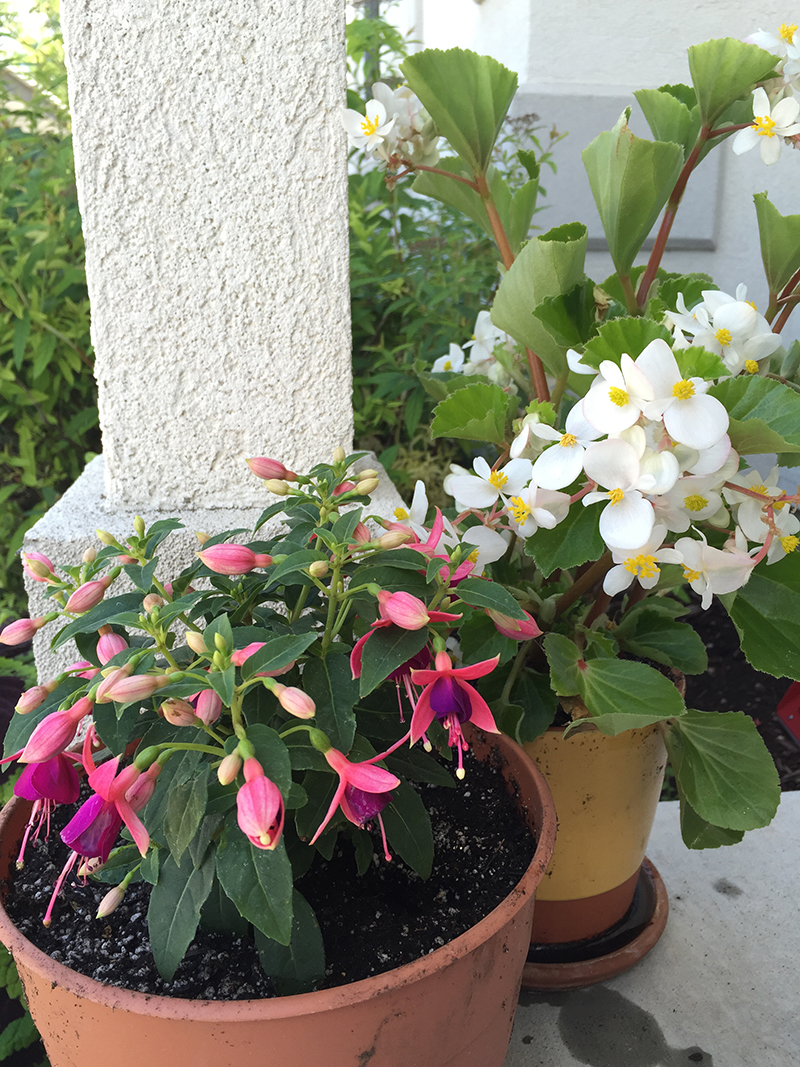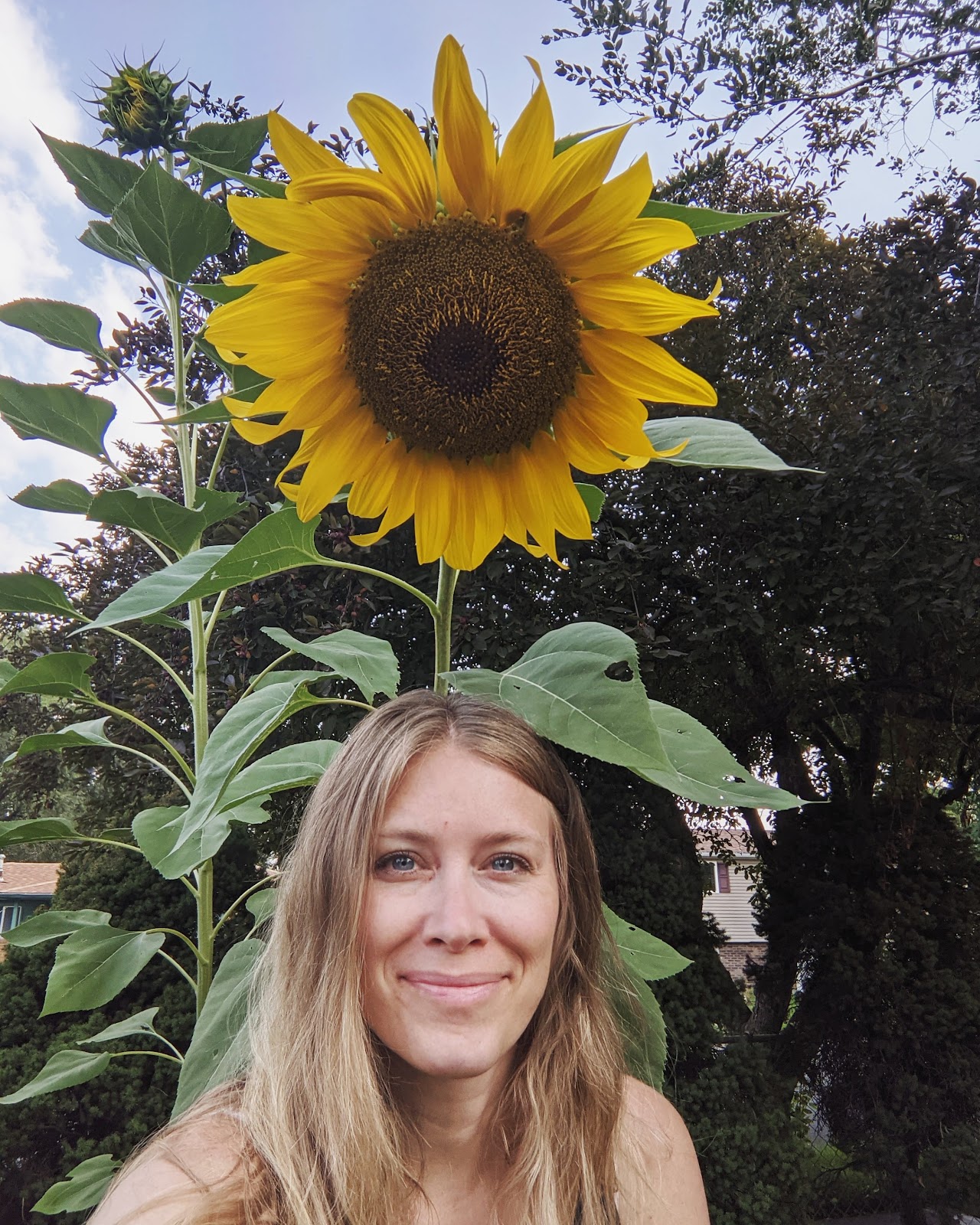I discovered Fuchsia at my local garden center a few years ago. I first noticed the bicolored blooms in bright pink and purple, and then was drawn in by the fact that they looked other worldly with their inverted cup and saucer shape. I promptly took it home and planted it in a few pots around my patio and porch. Since then, I've discovered there are quite a large number of varieties of these alien-like flowers, and I hope to grow more in my garden in the future.
GROWING FUCHSIA BASICS
Sun: Shade to part sun
Water: Good drainage consistent moisture
Hardiness: Zones 10 and 11
Other: Great for containers
Water: Good drainage consistent moisture
Hardiness: Zones 10 and 11
Other: Great for containers
FUCHSIA FACTS
Fuchsias are nicknamed “lady's eardrops" because of their drooping blooms. Their bright, bicolored flowers give them an otherworldly or exotic appearance. Fuchsia plants are frost-tender perennials that grow in USDA hardiness zones 10 through 11, with a few varieties hardy down to USDA zone 6. In cooler climates, you can grow them as annuals. Their shrub-like shape make them perfect for hanging baskets or containers and, when grown as annuals, they’re typically only 1 to 2 feet tall. Planted outside in frost-free areas, it grows into a small to medium-sized shrub. There are 122 species of fuchsia and a large number of hybrids.GROWING FUCHSIA
Fuchsias will grow as a perennial in frost-free climates, and prefer morning sun with afternoon shade. They can also tolerate full shade. They need soil with good drainage and consistent moisture. They look great alone or combined with other plants.
In zones below their hardiness level, you can grow fuchsia as annuals. Plant fuchsia in the spring after all risk of frost has passed. Either plant fuchsias from seed, or buy plants at the beginning of the growing season. Pull out and toss the plants after the first killing frost in winter (or you can bring them indoors.) When planting from seed, either direct sow the seeds in the garden when the soil warms to at least 59 degrees Fahrenheit or above, or start seeds indoors in late winter. Fuchsia seeds germinate best in a temperature between 59 to 75 F.
Growing fuchsias in pots and bringing them inside during the winter is a way to have them as perennials in cold weather. Bring potted plants inside in the fall and keep them in a warm, humid room, like a bathroom or greenhouse. You can also force fuchsia plants to go dormant during the winter by cutting back the stems and storing the containers out of direct light at 40° F, (a garage would work) for the winter. In winter, water only when the soil dries out and avoid fertilizing until the following growing season.















Join the conversation!
Thanks for stopping by The Joy Blog! I hope you like what you have seen so far. Feel free to share your thoughts or questions in the comments. I try to respond to almost every single comment.